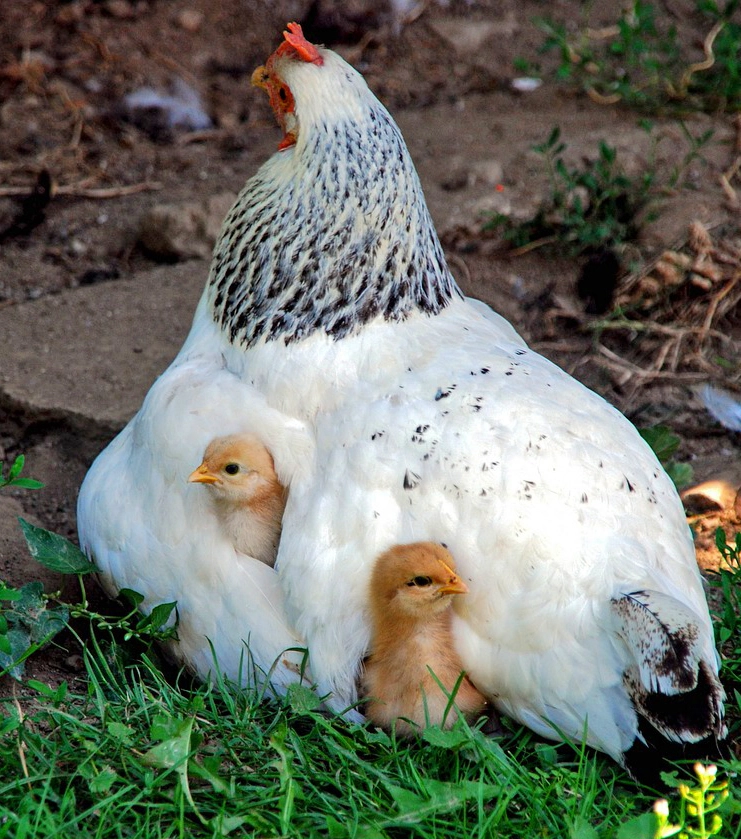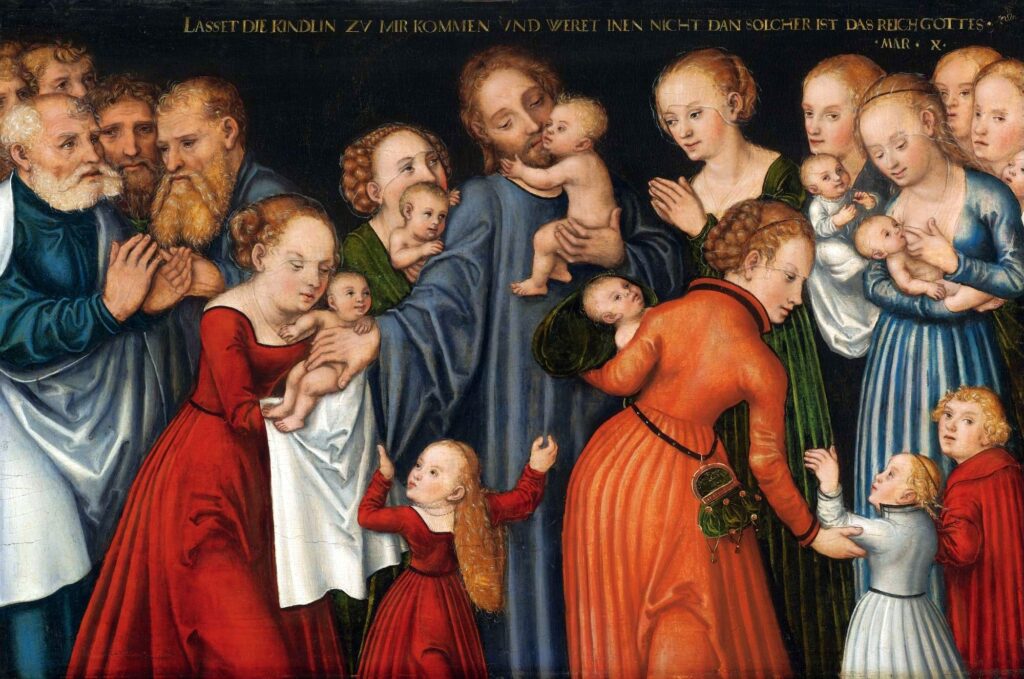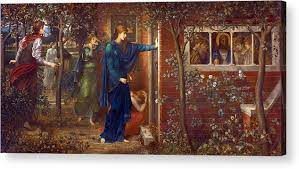Are you in need of a mother?
(This post was originally written in September, 2020)
During our Latter-day Saint Relief Society lesson today, my daughter, Cristi, shared Tomai Cooper-Hira’s Facebook post featuring a mother hen that died protecting her eggs in California’s recent wildfires. Some people claim the photo is fake. Regardless, this sad, sweet, poignant photo reminds me of Jesus Christ. As our Savior and Protector, He firmly and tenderly admonishes us (whom He calls “His children”) throughout the scriptures. Christ has many names: The Good Shepherd, The Branch, The True Vine, The King of Kings, The Living Water, The Bread of Life, The Bridegroom, The Prince of Peace, The Rock, to name a few . . . the list is wonderfully long.
Interestingly, Christ gives Himself a name of “mother hen.” So, when Jesus refers to wicked King Herod as “that fox,” the “mother hen” metaphor becomes more meaningful. (See Luke 13: 32.)

Ancient prophets have also depicted the Savior as a mother hen. For instance, Psalms 91:4 says, “He shall cover thee with his feathers, and under His wings shalt thou trust: His truth shall be thy shield and buckler.” In the New Testament, Matthew quotes the lamenting Christ: “O Jerusalem, Jerusalem, thou that killest the prophets, and stonest them which are sent unto thee, how often would I have gathered thy children together, even as a hen gathereth her chickens under her wings, and ye would not!” (Matthew 23:37)
The Book of Mormon further illustrates Christ’s figurative self-identity as a mother hen in Third Nephi. Here, the verses highlight Christ’s appearance to surviving Nephites in the aftermath of vast death and destruction of their lands and cities. A post from the website, “Doctrine and Covenants Central,” succinctly summarizes these verses:
After the great calamities and destruction among the Nephites, they experienced ‘thick darkness upon all the face of the land’ (3 Nephi 8:10),1 and in response to these afflictions, ‘there was great mourning and howling and weeping among all the people’ (v. 23). It is in this setting of anguish and suffering that the voice of Jesus Christ was ‘heard upon all the face of this land’ (3 Nephi 9:1).
As part of His message of redemption, Jesus declared, ‘how oft have I gathered you as a hen gathereth her chickens under her wings’ (3 Nephi 10:4). This metaphor was repeated four times in three successive verses, and was even used in three different tenses: ‘how oft have I gathered you and nourished you’ (v. 4, speaking to those of the fallen cities), followed by ‘how oft would I have gathered you’ (v. 5, speaking of those in Jerusalem), and concluded by ‘how oft will I gather you’ (v. 6, speaking to the spared members of the House of Israel, emphasis added for all verses). Clearly, this repeated metaphor was of transcendent—even eternal—significance2“
(“Why Did Jesus Christ Compare Himself to a Hen?”, October 3, 2016, para. 2-3).

To help us more fully understand the significance of Christ’s “mother hen” metaphor, Dr. Jane Allis-Pike, a professor of ancient scripture at Brigham Young University (Provo, Utah) spoke specifically about its meaning in her 2008 BYU talk, “Conference on Third Nephi: New Perspectives on an Incomparable Scripture.” In her speech, Dr. Allis-Pike invites the audience to imagine the terrible scene of death and destruction shortly before Christ’s appearance to the Nephites:
Effectual blindness. Disorientation. And exposure to the elements. Imagine the pain, the injuries that came during the destruction. Imagine the emotional anguish. Under these conditions, long silent hours passed in which the survivors felt nothing but pain. After hours of complete and impenetrable darkness, the Nephites hear a voice and eventually recognize it as Jesus Christ speaking directly to them:
‘O ye people of these great cities which have fallen, who are descendants of Jacob, yea, who are of the house of Israel, how oft have I gathered you as a hen gathereth her chickens under her wings, and have nourished you’”
(3 Nephi 10: 4-7).
For the remainder of her speech, Dr. Allis-Pike focuses on verses four through seven. Here, Christ figuratively describes Himself as our mother hen. She says:
Christ chose this metaphor to communicate something to the fearful survivors. I suggest that Christ uses the hen metaphor to rekindle the survivors’ faith and trust in Him, and to remind and teach them of the true nature and condition of their covenant relationship with him. Christ chose the common chicken for his metaphor because of the hen’s selfless devotion to its chicks . . . a chicken is almost defenseless, yet it will never abandon its offspring when danger arises. It also is an active mother and will gather its offspring together to protect them. If necessary it will shield its little chicks with its own body — offering itself to preserve their lives. To the hen, its chicks are valued greatly. It actively will call to them. Perhaps the most important point about the chicks in this metaphor is what is assumed. These chickens obey instinct. They come to their mother . . . this means that when the hen calls they come without hesitation, without delay and without question run to the safety that is only found underneath their mother’s wings“
(Third Nephi: An Incomparable Scripture, ed. Andrew C. Skinner and Gaye Strathearn. 2012. p. 59).

Here, Dr. Allis-Pike acknowledges the paradox of Christ’s self portrayal as a mother. As I previously mentioned, Christ often presents Himself as our parent and we, His children. The professor argues that Christ’s specificity is purposeful—especially to women, as “these qualities normally exist only in the purview of women and mothers.” Interestingly, Dr. Allis-Pike also includes Satan as a figurative predator—even as the ultimate predator who seeks to deceive and destroy humankind. She says:
Just as the mother hen literally uses her body to protect her chick’s life, Christ literally uses his body to protect his children from spiritual destruction.
As a mother, Jesus Christ’s depiction of Himself as our mother deeply resonates with me. Like other moms, I am willing to do or to sacrifice anything for the temporal and spiritual safety of my children. I especially appreciate Christ’s example of a hen for a few reasons. First, I like the idea of being “hen-pecked” by Jesus! Many people are familiar with the term “hen-pecked.” This idiom has been used for hundreds of years invoking the imagery of a hen constantly pecking the ground in search for food. Thus, a hen’s relentless pecking in the ground (or “hen-pecking”) is defined as a woman or wife who constantly nags her boyfriend or husband. (I know, it’s a sexist term.) Christ, too, is relentless in proclaiming His loving admonitions to us, His children, while providing spiritual food, atoning for our sins, and helping us attain eternal life.
Secondly, many of us are familiar with “mother hen” as an idiom. Google dictionary defines “mother hen” as a person who attends to the welfare of others, especially one who is fussily protective and interfering. Again, we can understand why Christ would specifically use a hen to describe Himself: The Savior is our intercessor and mediator to our Eternal Father. Christ’s willingness to suffer so terribly illustrates His great fastidious love and perfect completion in His divine mission.
Thirdly, a 2011 study at Bristol University in Great Britain discovered that mother hens are exceptionally attentive and caring mothers; they actually feel their chicks’ pain. During this testing process, mother hens showed clear signs of anxiety when their chicks were in distress (Asian News International, 2011). In their final analysis, British scientists defined mother hens as “empathetic.” Similarly, Christ has perfect empathy for our suffering and sorrows because He atoned for our sins. Jesus Christ also embodies both male and female emotional traits that make Him simultaneously a perfect “mother” and “father.” Throughout my life, I have felt the peace of Christ’s perfect love and empathy.

Dr. Allis-Pike offers further observations:
The beauty of the hen metaphor is that it goes beyond language, allowing the readers to simply feel Christ’s love for us. When Christ spoke to the Nephites, He expanded the metaphor to include the past, present, and future.
‘How oft have I gathered you,’ refers to the past.
‘How oft would I have gathered you,’ is a conditional reference to the past.
‘How oft will I gather you,’ refers to the future.
And then in the very act of speaking to these people, He is talking in the present and caring for them. Like a hen who watches gently over her chicks, Christ is always available“
(p. 54).
In her conclusion, Dr. Allis-Pike admonishes us (as the figurative baby chicks) to willingly gather under Christ’s protective wing. Using the present-tense verb “gather” eight times in the four verses of the hen metaphor, Christ engages us in an active process. She also reminds us:
But if the chicks, or the people of the House of Israel, run away . . . Christ can not save them from the devouring predator, Satan.
Despite everything, Jesus Christ offers His continual grace and hope to each of us. The professor aptly ends her speech with these words:
Christ’s use of the hen metaphor has played a major role in this transition (from weeping to joy). Christ in his infinite wisdom has created a visual, powerful healing metaphor that allows people to come to terms with the destruction and the loss of life they have witnessed . . . and teaches of their covenant relationship with Christ“
(p. 54).
Aren’t we all in need of a perfectly loving and empathetic mother? Many of us have loving earthly mothers; many of us do not. We surely have a loving and powerful Heavenly Mother. Jesus Christ, as our Mediator, Savior, and Redeemer, is our perfect exemplar, our perfectly empathetic and perfectly loving “Mother Hen.”
Julie

